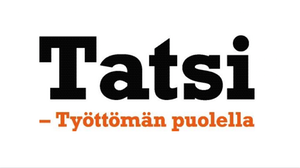Forward rate agreements (FRAs) are a popular financial instrument used by businesses to manage their interest rate risk. They allow businesses to lock in a future interest rate, which can help them to avoid losses due to unexpected changes in interest rates. However, accounting for FRAs can be complex, particularly when it comes to calculating the fair value of the agreement.
In this article, we`ll take a closer look at FRAs and explore some of the key considerations when it comes to accounting for these agreements.
What is a Forward Rate Agreement?
A Forward Rate Agreement is a contract between two parties, whereby one party agrees to pay the other a fixed rate of interest on a notional amount over a specified period in the future, based on a predetermined interest rate. The predetermined interest rate is known as the forward rate.
For example, Company A may enter into an FRA with Company B, agreeing to pay Company B a fixed interest rate of 3% on a notional amount of $1,000,000 in six months` time, based on a forward rate of 4%. To put it simply, a FRA is essentially a bet on what future interest rates will be.
Accounting for FRAs
Accounting for FRAs can be complex. When a business enters into an FRA, they need to record the agreement on their balance sheet. The fair value of the FRA needs to be calculated, and changes in the fair value need to be reflected in the business`s financial statements.
Determining the fair value of an FRA requires a consideration of a number of factors, including the notional amount, the length of the agreement and the forward rate. The fair value of the FRA is calculated using complex mathematical formulas, which are beyond the scope of this article.
One thing to note is that the fair value of the FRA can be either positive or negative. If the fair value is positive, it means that the business would stand to gain if the FRA was settled at that point in time. If the fair value is negative, it means that the business would stand to lose if the FRA was settled at that point in time.
When changes in the fair value of the FRA occur, they need to be reflected in the business`s financial statements. For example, if the fair value of the FRA becomes more negative over time, this would need to be recorded as a loss in the business`s financial statements. On the other hand, if the fair value of the FRA becomes more positive over time, this would need to be recorded as a gain.
Conclusion
Forward rate agreements can be a useful tool for businesses looking to manage their interest rate risk. However, accounting for FRAs can be complex, particularly when it comes to calculating the fair value of the agreement. It`s important for businesses to seek the advice of a qualified accountant or financial advisor when entering into FRAs, in order to ensure that they are properly accounted for in their financial statements.








Viimeisimmät kommentit